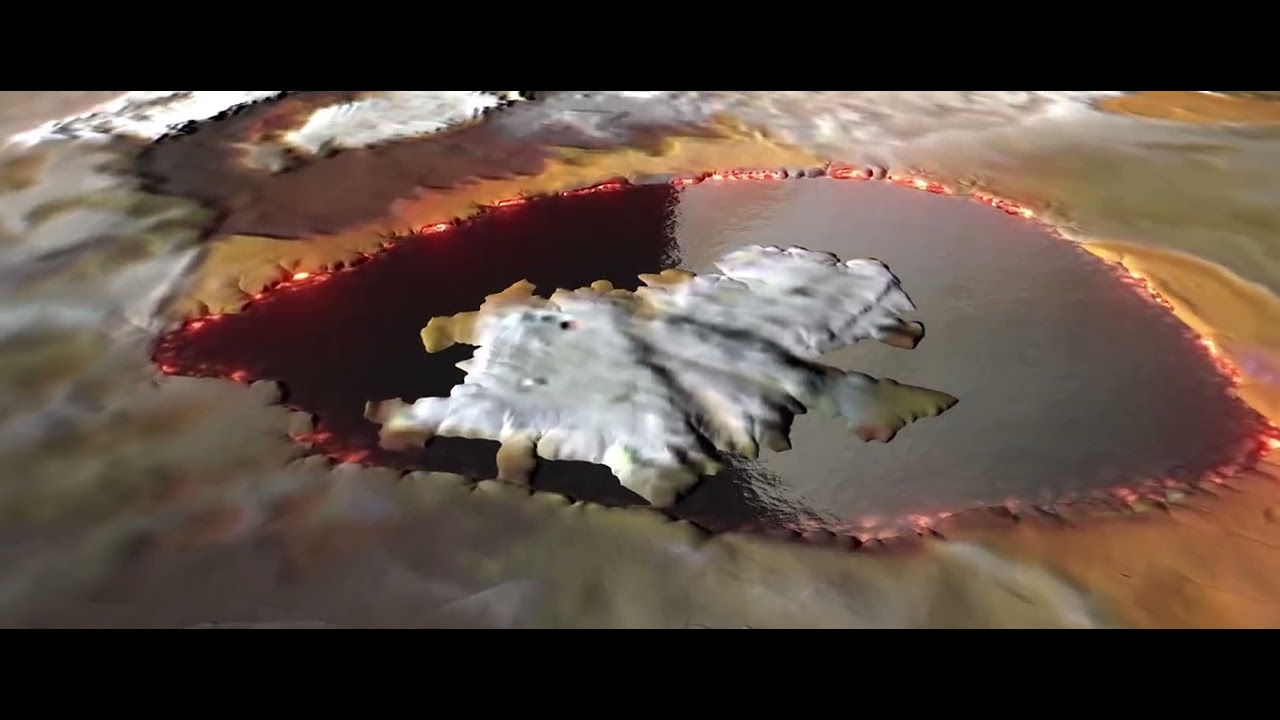3 min read
Mission Status
January 4, 2001
NASA's Cassini spacecraft has continued collecting new
scientific information from Jupiter's environs every day since
making its closest approach to the giant planet on Dec. 30, 2000,
and is scheduled to keep studying the Jupiter system for another
three months while proceeding on toward Saturn.
"The flyby went smoothly, and the spacecraft is operating
flawlessly again," said Bob Mitchell, Cassini program manager at
NASA's Jet Propulsion Laboratory, Pasadena, Calif.
This week's targets of observation by Cassini begin with
Jupiter's atmosphere and rings. Between Jan. 5 and Jan. 12, the
moons Io, Europa and Ganymede will each be examined while in
eclipse for information that their faint airglows can reveal
about those moons' tenuous atmospheres. Today (Thursday), Cassini
is measuring natural radio emissions from Jupiter's radiation
belts, a research project that will also draw upon results from
Earth-based radio telescope observations by students in 25 middle
schools and high schools in 13 states. (For information on the
student project, see:
http://www.jpl.nasa.gov/releases/2000/gavrtjupiter.html .
The flyby of Jupiter, at a distance of about 9.7 million
kilometers (6 million miles), gave Cassini a boost from Jupiter's
gravity that accelerated the spacecraft by about 2 kilometers per
second (about 4,500 miles per hour) and will enable it to reach
its ultimate destination, Saturn, in July 2004.
A higher-than-normal drag that was detected on one of
Cassini's reaction wheels more than two weeks ago has not
reappeared. The reaction wheels are used to rotate the spacecraft
in different directions, and the problem led to suspension from
Dec. 19 to Dec. 28 of scientific observations that would have
required pointing the spacecraft, such as for taking pictures.
"That problem appears to be behind us, except that we have
an extra workload to prevent recurrence of the conditions we
think caused it," Mitchell said. Mission engineers believe that
the excessive friction at one reaction wheel resulted from
lessened lubrication after prolonged operation at relatively low
speed. Operating the wheel at higher speeds apparently restored
proper dispersal of the lubricant. The Cassini flight team is
developing procedures for avoiding prolonged operation of the
reaction wheels at relatively low speeds.
Additional information about Cassini-Huygens is online at http://saturn.jpl.nasa.gov.
The Cassini spacecraft is scheduled to arrive at Saturn in July 2004 to
begin a four-year exploration of the ringed planet and its moons. The
Cassini mission is managed by NASA's Jet Propulsion Laboratory in Pasadena,
Calif., for NASA's Office of Space Science, Washington, D.C. JPL is a
division of the California Institute of Technology in Pasadena.
Media Relations Office
Jet Propulsion Laboratory
California Institute of Technology
National Aeronautics and Space Administration
Pasadena, Calif. 91109.
Telephone (818) 354-5011







